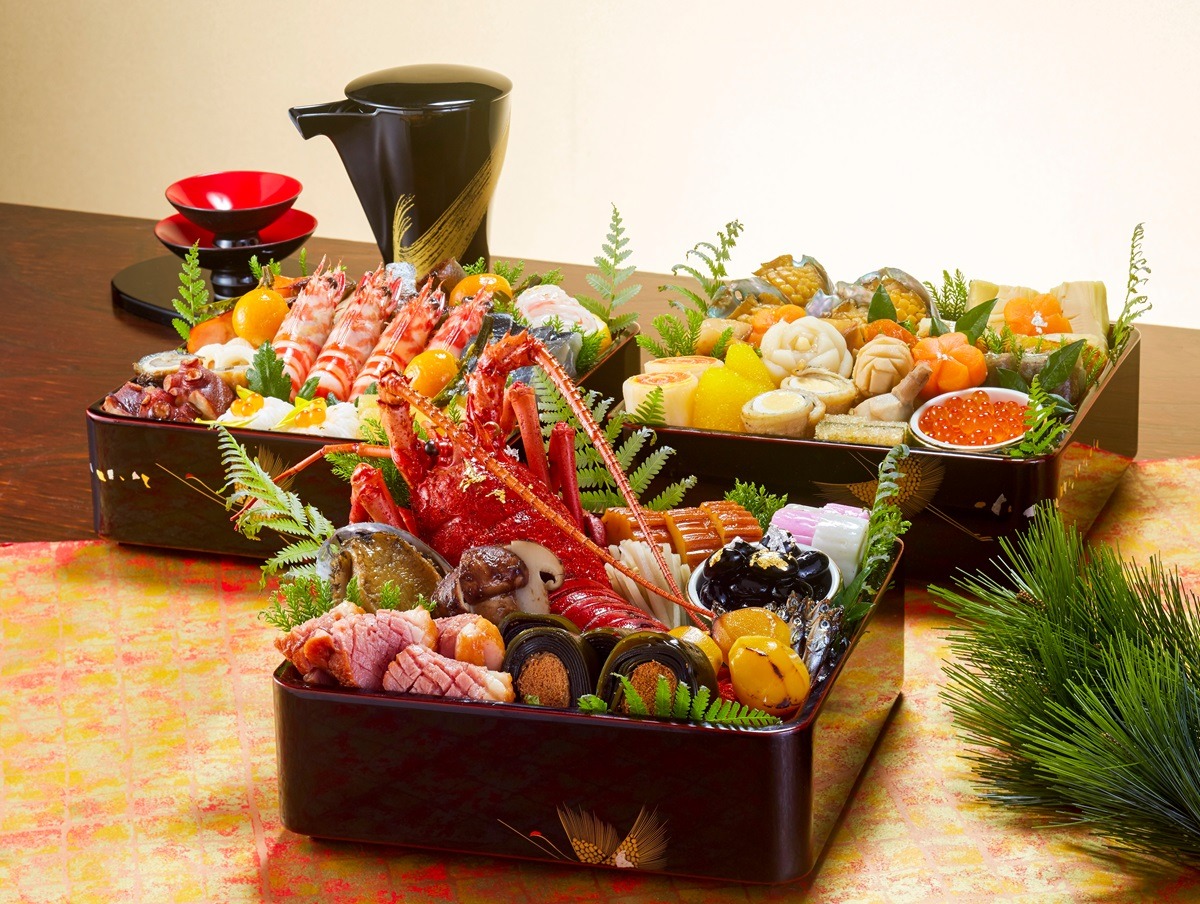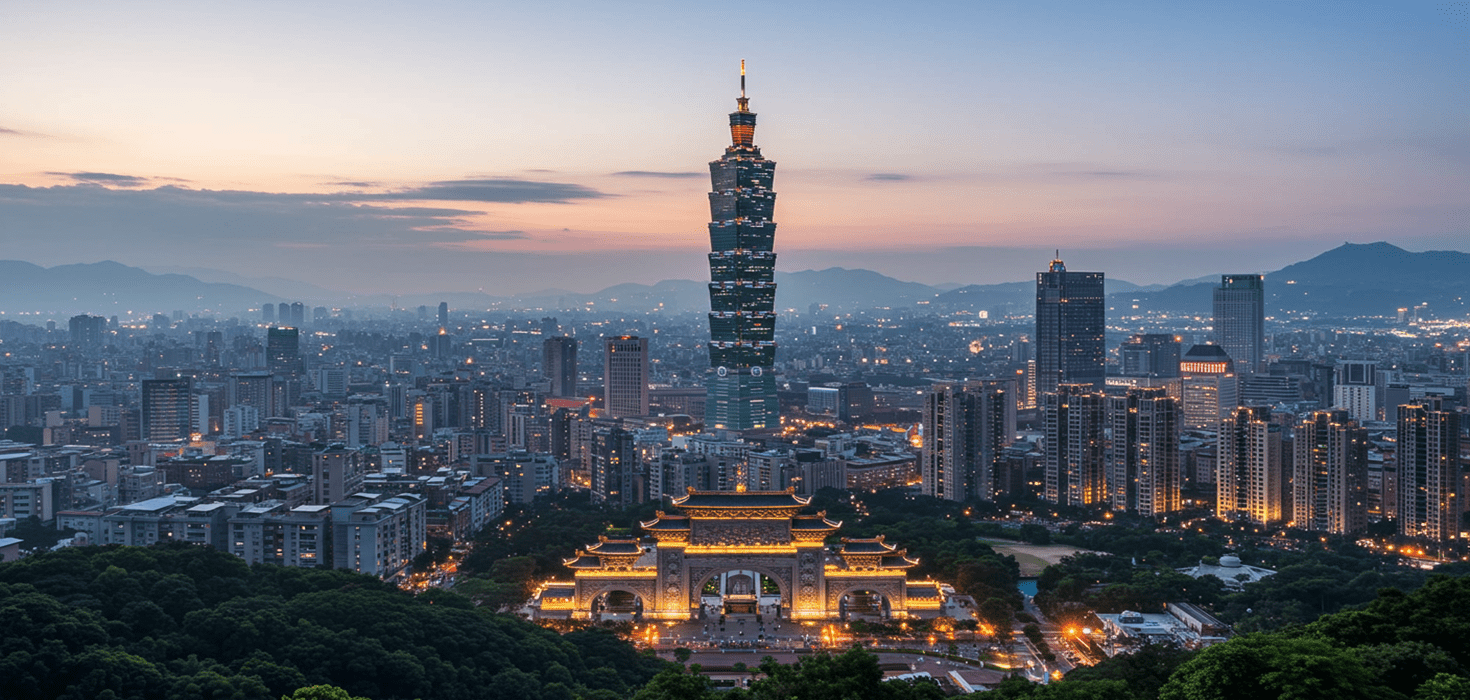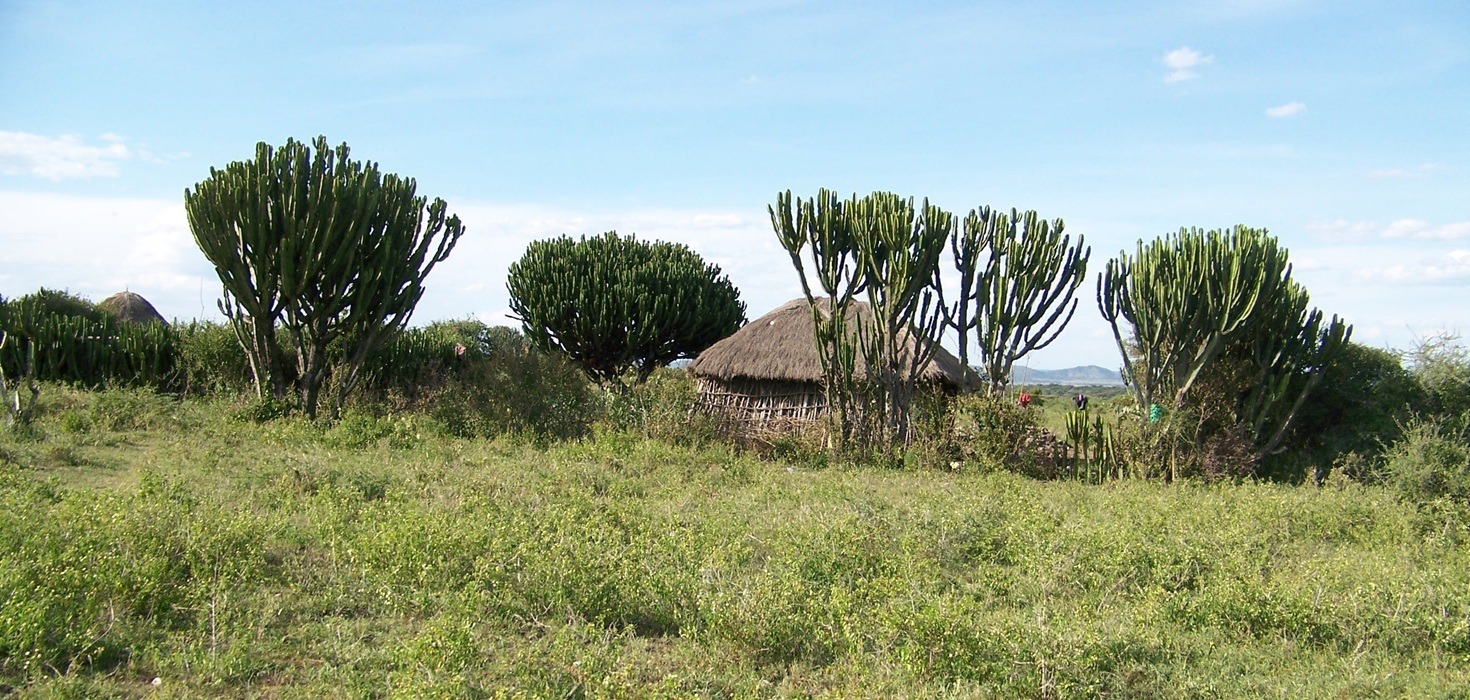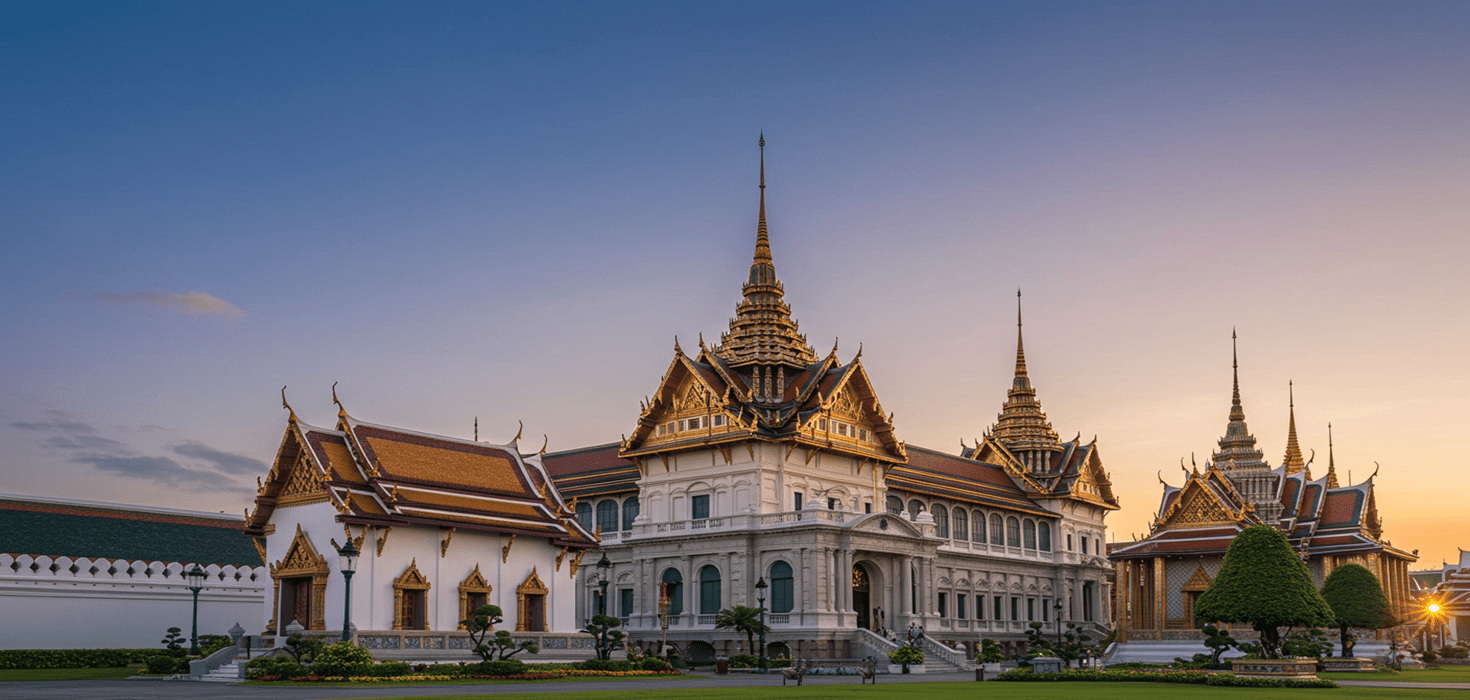Japan’s New Year, known as Oshogatsu, is a time of reflection, renewal, and celebration. Unlike the Western New Year, which is often marked by parties and fireworks, the Japanese New Year is steeped in tradition and cultural practices that have been passed down through generations.
Traditional Customs
The Japanese New Year is rich with customs that symbolize new beginnings and good fortune. One of the most important traditions is Hatsumode, the first shrine visit of the year. Families gather to pray for health, happiness, and prosperity in the coming year. Temples and shrines across Japan are filled with visitors, and the atmosphere is both serene and festive.
Another beloved custom is the preparation and consumption of Osechi Ryori, a special set of dishes served during the New Year. Each dish has a symbolic meaning, such as health, wealth, or longevity. These beautifully arranged meals are often shared with family and friends, reflecting the communal spirit of the holiday.
Festive Celebrations
New Year’s Eve in Japan, known as Omisoka, is a time for families to come together and prepare for the year ahead. Many people clean their homes thoroughly, a practice known as Osoji, to welcome the New Year with a fresh start. As midnight approaches, the sound of Joya no Kane (temple bells) fills the air, rung 108 times to cleanse the 108 worldly desires in Buddhism.
On New Year’s Day, people often enjoy a leisurely morning with family, exchanging Nengajo (New Year cards) and Otoshidama (money gifts for children). The day is filled with joy and gratitude, as families reflect on the past year and set intentions for the future.
Cultural Significance
The Japanese New Year is not just a holiday; it’s a cultural cornerstone that reflects the values and beliefs of the Japanese people. The emphasis on family, community, and spiritual reflection highlights the importance of harmony and balance in Japanese culture.
Many traditional arts and performances are also showcased during this time, including Kagami Biraki (rice cake cutting ceremony) and Kadomatsu (pine decorations). These practices connect the past with the present, preserving the rich heritage of Japan.
Culinary Delights
The Japanese New Year is a feast for the senses, with a variety of traditional foods that are both delicious and symbolic. Toshikoshi Soba, or year-crossing noodles, are eaten on New Year’s Eve to symbolize longevity and the crossing from one year to the next.
Kagami Mochi, a decorative rice cake, is displayed in homes and later eaten in a ceremony called Kagami Biraki. This practice is believed to bring good fortune and prosperity. The sweet, chewy texture of mochi is a favorite among both children and adults.
Another popular dish is Zoni, a soup containing mochi and various vegetables, which is enjoyed on New Year’s Day. Each region in Japan has its own unique version of zoni, reflecting the diverse culinary landscape of the country.
Travel Tips for New Year in Japan
Traveling to Japan during the New Year offers a unique opportunity to experience these rich traditions firsthand. However, it’s essential to plan ahead, as many businesses close for the holiday, and popular attractions can be crowded.
Consider visiting local shrines and temples to participate in Hatsumode, and don’t miss the chance to try traditional New Year foods. Be sure to check transportation schedules, as services may be limited during this time.
Embracing the New Year Spirit
Experiencing the Japanese New Year is a journey into a world of tradition, community, and cultural richness. Whether you’re participating in a local festival, enjoying a traditional meal, or simply soaking in the festive atmosphere, the spirit of Oshogatsu is sure to leave a lasting impression.
As you explore Japan during this special time, take the opportunity to connect with locals and learn about their customs and stories. The warmth and hospitality of the Japanese people will make your New Year experience truly unforgettable.
From the vibrant cityscapes of Tokyo to the serene temples of Kyoto, Japan offers a diverse and enriching New Year celebration that invites you to reflect, rejoice, and renew.














